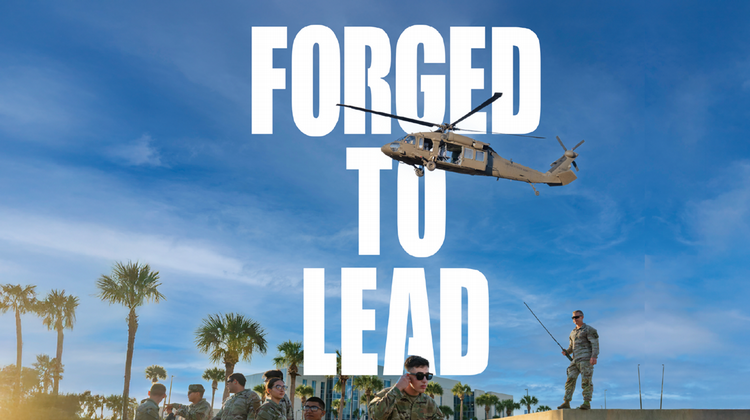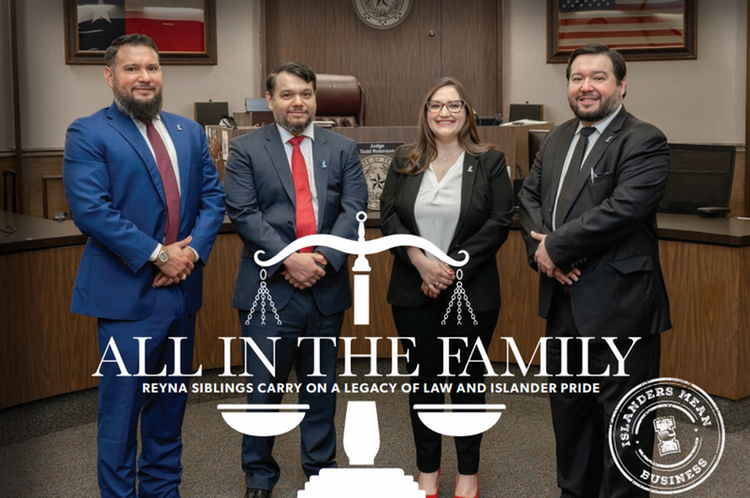Blucher Institute Partners with Colorado State Researchers to Study Hurricane Harvey
CORPUS CHRISTI, Texas – During the month of June 2019, the Conrad Blucher Institute at Texas A&M University-Corpus Christi acted as home base for a group of students from Colorado State University as they completed a four-week immersion program called the Ethnographic Field School for Risk and Disaster. The program marks the first collaboration between the Blucher Institute and Colorado State and is the first field school of its kind in the U.S., program officials say.
The focus of the field school was Hurricane Harvey, and the fieldwork portion of the course included original research with Rockport residents who experienced the devastating Category 4 storm. For the classroom portion of the course, students learned about research methods and the literature of risk and disaster studies. Presentations from hurricane experts supplemented class work. According to National Weather Service Meteorologist John Powell Metz, who was invited to speak to the class, 94 percent of all homes in Rockport sustained some level of damage.
“The research conducted by CSU researchers is timely and important for our communities that have been the hardest hit by Hurricane Harvey,” said Dr. Philippe Tissot, Blucher Institute Interim Director. “We hope to learn more about the social impacts of Harvey and gather invaluable insight on how the social fabric of a community contributes to its resiliency. These insights will help us become better prepared, which is important for coastal communities, as hurricanes are not a matter of if but a matter of when.”
Dr. Kate Browne, CSU Professor of Anthropology, created and directed the program for undergraduate and graduate students. Objectives included interviewing Rockport residents from economically diverse neighborhoods including Copano Cove, Copano Ridge, and South Rockport to investigate different kinds of impacts, trajectories of recovery, and perceptions of risk across the area. During the interviews, students asked residents to chart their perceptions on physical maps using various colored pens to illustrate their sense of where particular kinds of risks are located. Field school students collected 40 multidimensional interviews that each included in-depth questions, survey questions, and participatory mapping with residents in the three communities.
“We wanted to learn more about a broad spectrum of people who endured an impact from Harvey, whether to their property, or health, or sense of home, or any other kind of loss,” Browne said. “We chose to focus on three communities that represent part of that spectrum.”
The group wrapped up their last field interviews on June 22 and plan to share their preliminary research findings at a public meeting for the Rockport-Fulton community on June 28.
“We don’t know of any other ethnographic study where 15 student researchers are on the ground, talking to residents almost two years later. The work is also robust, involving multiple types of research about how people are doing at this point in the recovery and how Harvey may have shifted their approach to future risks and storms. There is so much to learn from a profound and collectively experienced upheaval in peoples’ lives,” Browne said.
The Field School concludes in Texas at the end of June, but a fifth and final week will take place back on the campus of Colorado State University later this summer. In that final week of the program, researchers will work to deepen their analysis of results and write a collectively-authored paper for a journal about these results.









